Advertisement
Oracle Cloud Infrastructure (OCI) is entering a transformative new phase, redefining how enterprises deploy artificial intelligence by integrating Nvidia GPUs into its cloud platform. Organizations now demand faster, scalable, and smarter solutions—a need OCI addresses by combining advanced AI capabilities with high-performance Nvidia hardware. These integrated tools allow users to complete complex data tasks more quickly and efficiently.
Oracle’s pivot to GPU-accelerated infrastructure and AI aligns with growing industry demand as more businesses rely on accelerated computing for analytics, automation, and large-scale simulations. With AI-powered OCI, Oracle positions itself as a strong competitor to AWS and Azure. Through its partnership with Nvidia, Oracle ensures enhanced computing performance and broader AI model support—laying the foundation for accelerated AI cloud services built for the future.
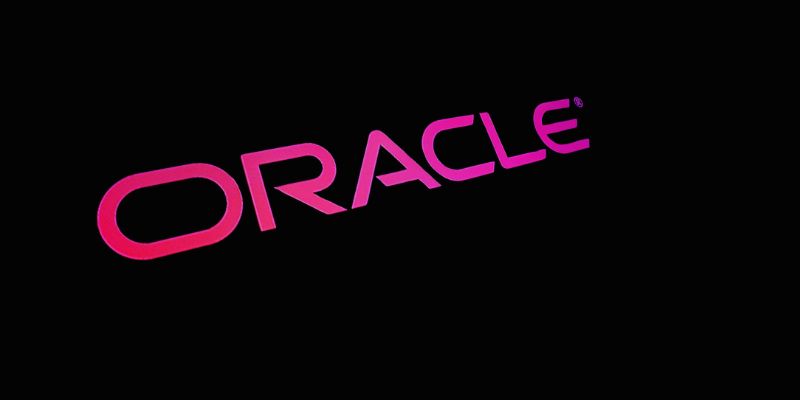
Oracle Cloud Infrastructure is transforming by integrating Nvidia’s cutting-edge GPU technologies. Businesses today require immense computational power to support artificial intelligence workloads—something traditional CPUs alone cannot handle. Aware of this, Oracle has included Nvidia’s GPUs into its systems. These devices offer faster performance for deep learning, natural language processing, and picture recognition, among other things. Reduced processing times and more accurate AI model performance help Oracle users today.
By supporting concurrent workloads, Nvidia GPUs also enhance overall cloud efficiency. Thanks to this collaboration, customers can now scale operations without compromising performance. With GPU support, developers leveraging artificial intelligence can now implement models from within OCI. While dependability rises, training times drop dramatically. This development benefits everything from retail to medical to logistics. By providing this performance increase, Oracle is aiming at AI inventors. Oracle Cloud supports more datasets and more demanding applications with GPUs. It’s a first toward providing Nvidia GPUs in cloud computing for anyone.
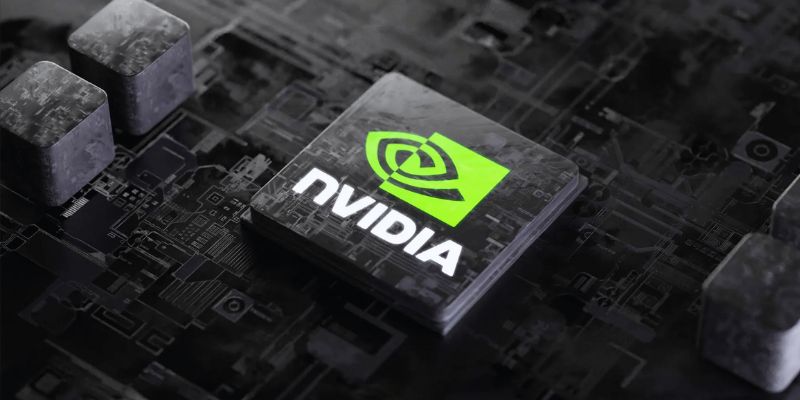
Oracle Cloud Infrastructure (OCI) is now powered by AI, signaling a significant shift in Oracle’s digital strategy. Artificial intelligence is no longer a luxury but a necessity for businesses aiming to stay competitive in today’s market. Oracle includes artificial intelligence tools in its cloud offerings: predictive modeling, intelligent data analytics, and automation for IT operations. Faster anomaly detection made possible by artificial intelligence systems enhances decision-making. These days, OCI clients may concentrate on innovation and automate tedious chores. Designed to complement Oracle’s database systems, Oracle’s AI technologies provide customers with flawless integration.
Machine learning models can be trained and deployed directly on OCI platforms. Additionally, companies leveraging integrated artificial intelligence are increasingly adopting Oracle Fusion Applications. Among these capabilities are intelligent alarms and tailored recommendations. Oracle guarantees that artificial intelligence is industry-specific, compatible, and secure. The updates provide every cloud application with accuracy. Companies today learn faster and may change rapidly. Through accelerated AI cloud solutions across all sectors, Oracle’s AI development helps support digital transformation.
Finance, automotive, and healthcare industries benefit most from Oracle’s Nvidia-powered artificial intelligence solutions. Predictive models speedily assess patient data in the healthcare sector. More effectively, artificial intelligence finds risk factors and treatment choices. Doctors can instantly replicate outcomes using Nvidia GPUs in cloud computing. Real-time fraud detection helps in finance as well. AI models follow millions of data points of transaction. Early discovery of odd behavior follows from this. Predictive maintenance and supply chain optimization are two further uses for artificial intelligence by manufacturers.
GPUs process real-time data inputs, enabling automakers to crash simulations and train self-driving software. Additionally, it enables shops to customize consumer experiences using Oracle’s AI solutions. The integration offers focused marketing real-time data analysis. Modern simulations and image processing help scientific institutes. These findings are vital in space exploration or climate studies. Every sector now witnesses speedier, more intelligent operations. Oracle lets customers implement AI-powered Oracle Cloud Infrastructure that generates business results.
Recent developments by Oracle place it highly among other cloud service providers. Years of leading the market have gone to AWS and Microsoft Azure. Oracle is now providing like products with enhanced artificial intelligence capability. Working with Nvidia helps it provide quicker and more flexible solutions. Oracle appeals to developers and academics in part because of GPU-powered infrastructure. Business users much appreciate OCI’s constant pricing and integrated solutions. Oracle reduces latency and increases efficiency by adding accelerated artificial intelligence cloud services.
The company also benefits from its background in corporate software. Unlike some rivals, Oracle is quite aware of big corporate processes. Cloud solutions, databases, and software now make a complete-stack package. Long-term business customers find this all-inclusive plan attractive. Oracle’s artificial intelligence models are designed for particular sectors, providing pertinent and useful insights. Its advantage comes from combining that with Nvidia GPU capability. Customers get a reliable platform that changes with their demands. Oracle’s cloud makeover is happening fast.
Oracle Cloud Infrastructure’s future is closely entwined with Nvidia’s innovation rate. Oracle wants to make scalable and easily accessible artificial intelligence available. With additional prebuilt AI services and next-generation GPUs, it will probably increase its product line. The idea is to provide companies and startups equal access to cutting-edge equipment. Users of clouds seek dependability, simplicity, and speed. Oracle is mostly concerned with offering all three. Furthermore, in line with Oracle’s roadmap, Nvidia’s GPU development aligns with this. Expected are more energy-efficient CPUs, better model support, and smarter drivers.
To keep ahead, Oracle is funding research and AI alliances. Growing generative AI, autonomous systems, and edge computing call on Oracle to support challenging scenarios. The infrastructure has to change with changing data science requirements. New GPU kinds will support different and more extensive model training. Oracle aims to center artificial intelligence in company strategy. Its expansion will rely on how quickly it responds to the needs of multinational businesses.
Oracle’s integration of artificial intelligence tools with Nvidia GPUs represents one of the most significant recent advancements in cloud computing. This combination reduces latency, enhances performance, and meets industry demands for speed and scalability. Manufacturing, finance, and healthcare companies can leverage scalable, AI-powered Oracle Cloud Infrastructure to gain fast, accurate insights. Oracle's transformation introduces accelerated AI cloud solutions that compete directly with leading providers by combining Oracle's extensive software expertise with Nvidia's powerful hardware technology. These developments reflect the growing global demand for Nvidia GPUs in cloud computing across diverse industries.
Advertisement

How to automate data analysis with Langchain using language models, custom tools, and smart chains. Streamline your reporting and insights through efficient Langchain data workflows

Celonis faces rising competition by evolving process mining with real-time insights, integration, and user-friendly automation
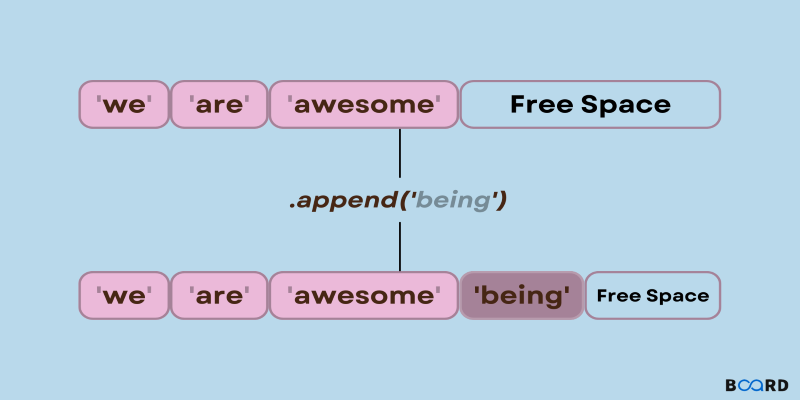
Need to add items to a Python list? Learn how append() works, what it does under the hood, and when to use it with confidence

Salesforce advances secure, private generative AI to boost enterprise productivity and data protection

Discover how Cerebras’ AI supercomputer outperforms rivals with wafer-scale design, low power use, and easy model deployment

Lensa AI’s viral portraits raise concerns over user privacy, data consent, digital identity, representation, and ethical AI usage
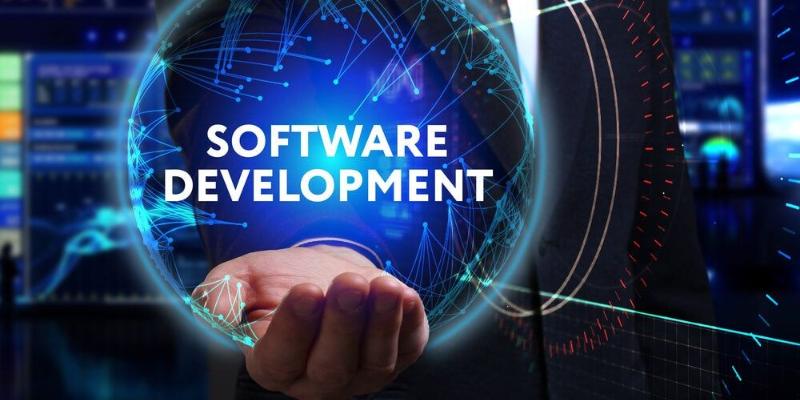
Discover 7 effective ways to accelerate AI software development and enhance speed, scalability, and innovation in 2025.

Apple’s AI-powered RoomPlan uses LiDAR and AI to create accurate 3D room models that integrate seamlessly with top design apps
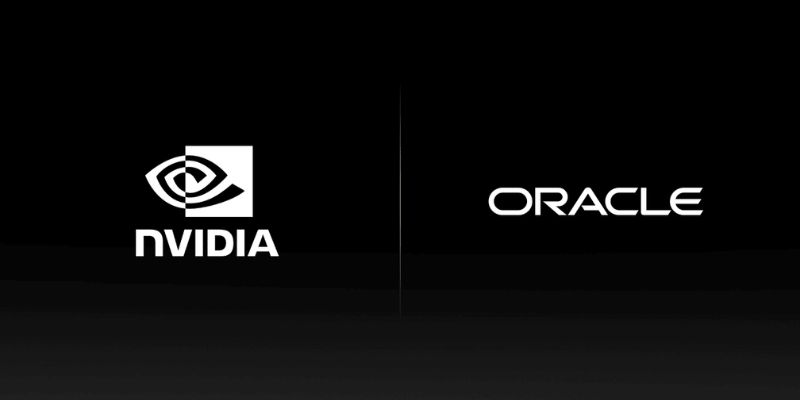
Oracle Cloud Infrastructure boosts performance by integrating Nvidia GPUs and AI-powered solutions for smarter workloads

How Vision Transformers (ViT) are reshaping computer vision by moving beyond traditional CNNs. Learn how this transformer-based model works, its benefits, and why it’s becoming essential in image processing

Intel’s deepfake detector promises accuracy but sparks ethical debates around privacy, data usage, and surveillance risks

Explore how AI agents are transforming the digital workforce in 2025. Discover roles, benefits, challenges, and future trends